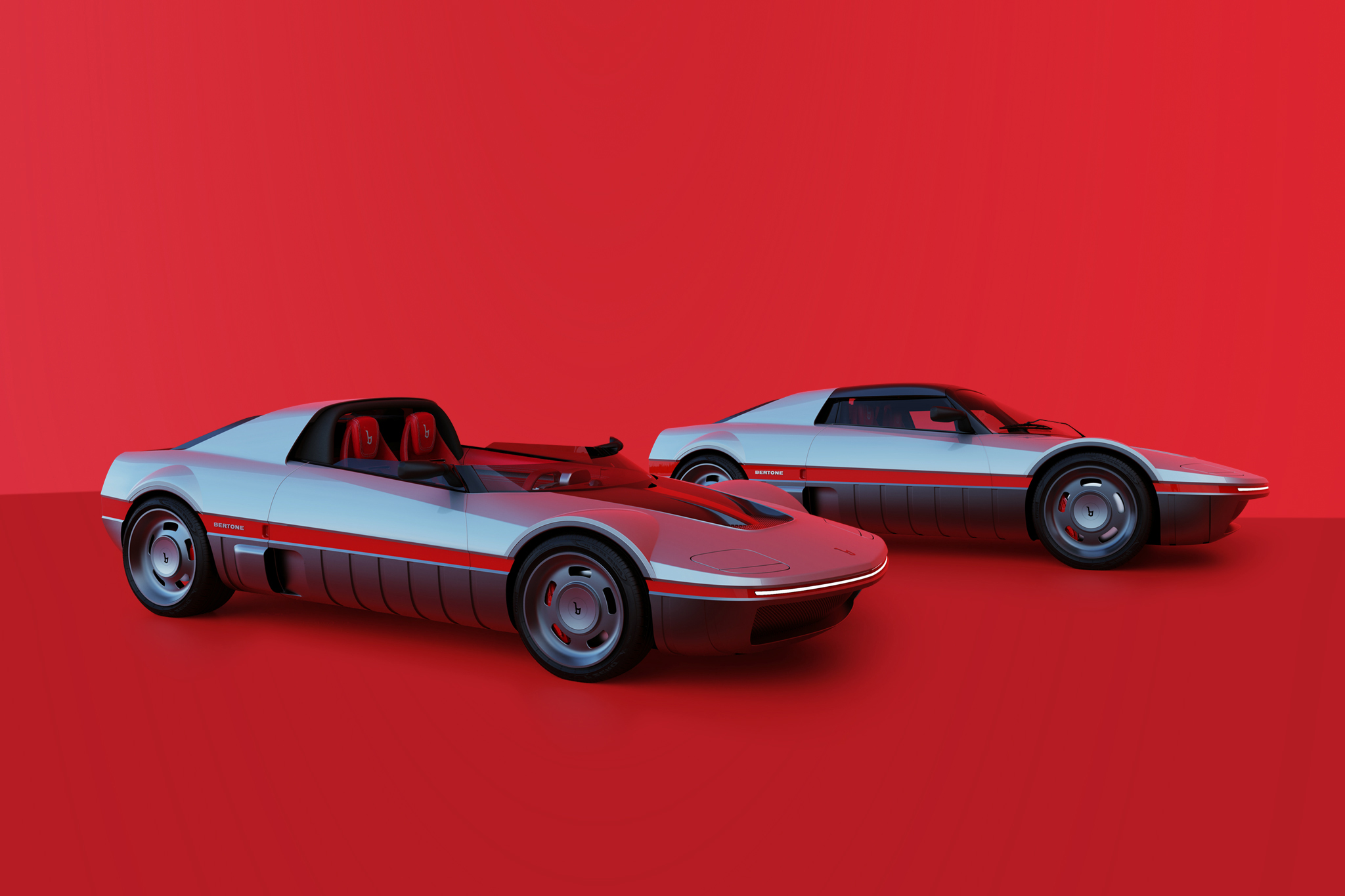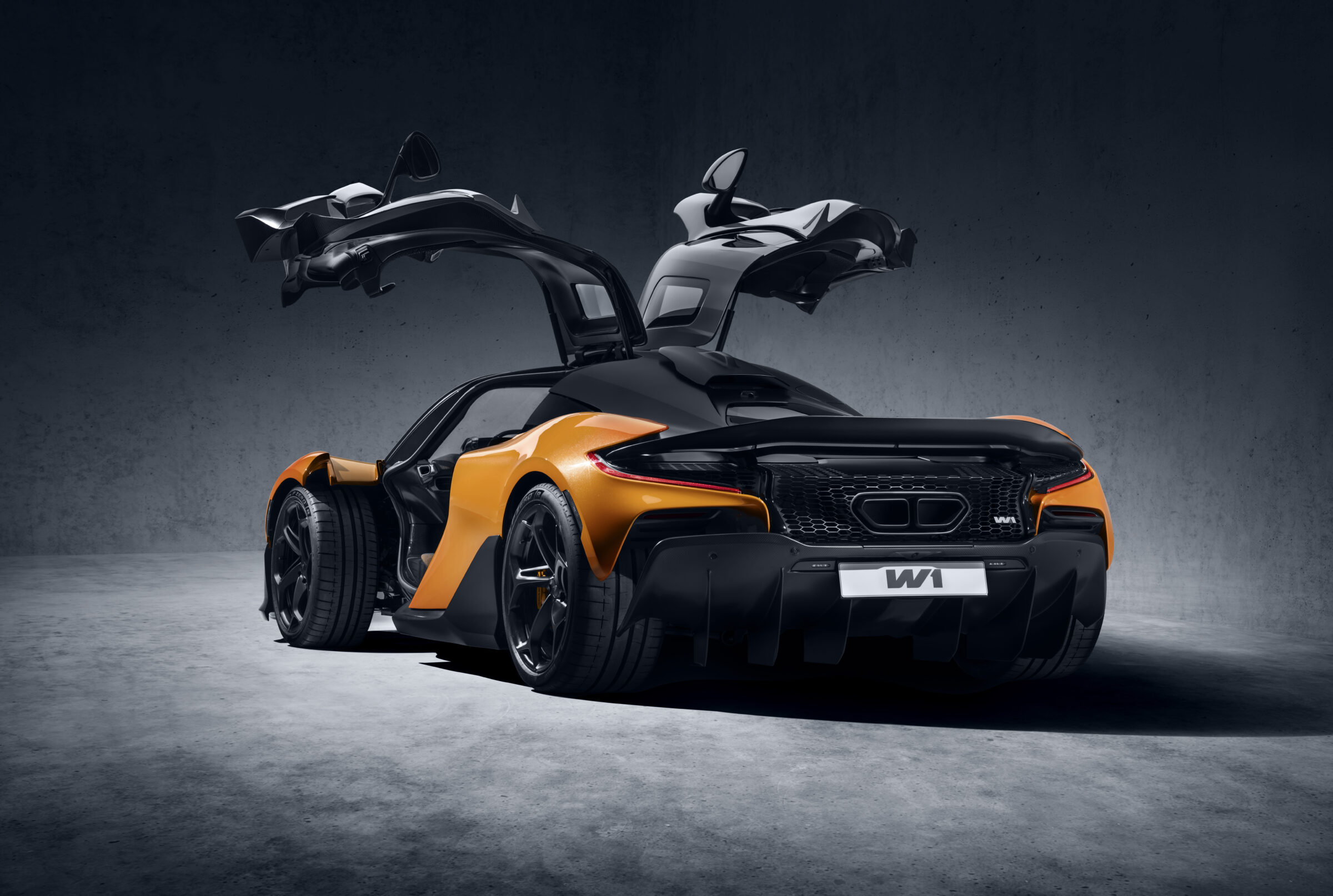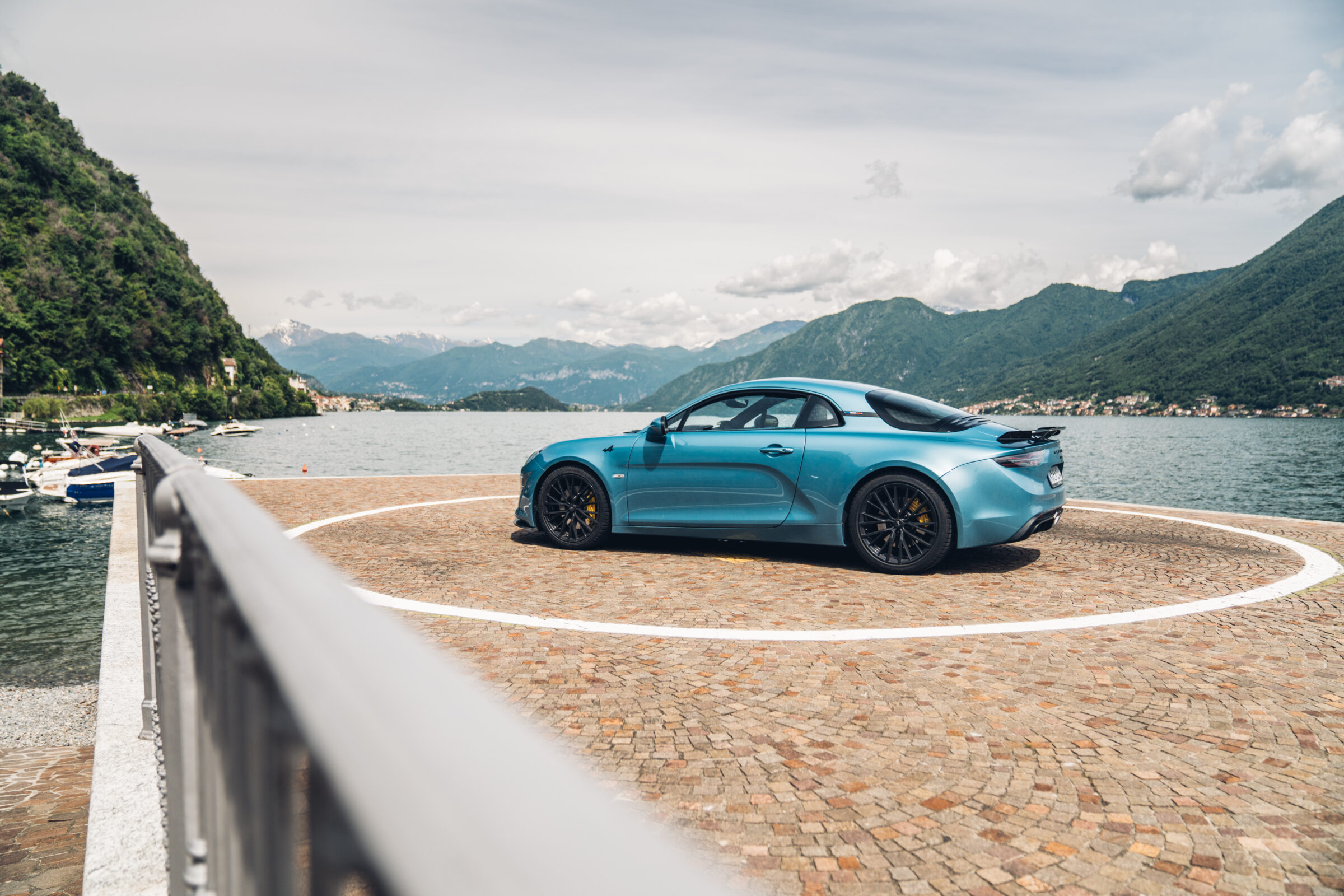40 Years of Alfa Romeo Alfa 6
Large automobiles with six-cylinder engines had a great tradition at Alfa Romeo in the pre-war period. In addition to luxury sedans they served the then not yet so-named market of sports cars and entered 6C models into motor racing. Then a certain period of rest followed, before in 1961 the new 2600 debuted, available as Berlina (sedan), Cabrio, Sprint (Coupé) and Zagato (Coupé). After its production ended in 1969, Alfa Romeo originally planned only four transitional years until a successor model should arrive. But sometimes things happen differently as thought before. In 1973, shortly before the planned launch of the new model, the oil crisis spread throughout Europe and led to drastic measures in many countries, such as significantly higher gasoline prices or the freeway driving bans for several sundays in Germany.
For this reason, Alfa Romeo renounced on negative headlines, which would have been printed without doubt if they would have launched their new vehicle with its 2.5-liter V6 engine and 158 hp just in that time period. ‘Progetto 119’, as this car was called internally, initially rolled into a dark corner of the development department. Designers and engineers worked at smaller cars like the Alfasud, the Alfetta and the Giulietta. Only when the political turmoil had settled, the automotive upper class came back into focus. The prototypes were reused and finally the production started in 1979. For the sake of simplicity, the model name ‘Alfa 6’ (Italian pronounced as ‘sei’) was chosen. Visually, it took the design language of the Alfetta from 1972 and other typical upper-class vehicles of the time, but with significantly larger proportions and overhangs as well as a more conservative styling overall. This seemed outdated at the beginning of the new decade, specially compared to newer vehicles of some competitors.
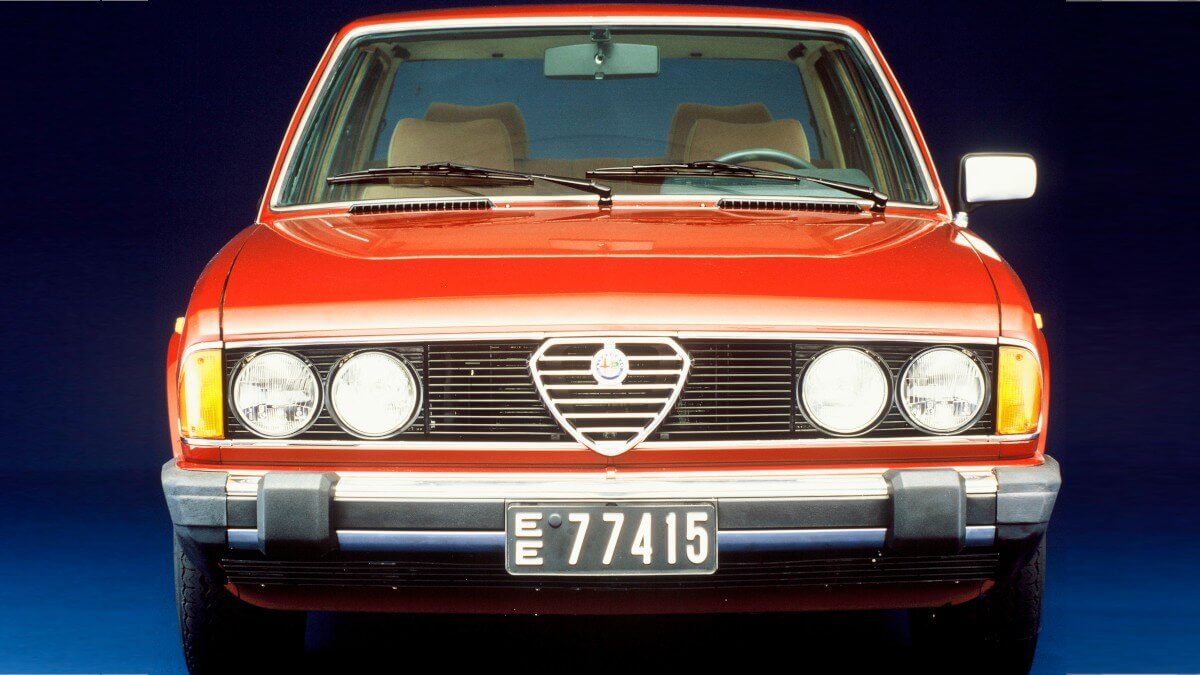

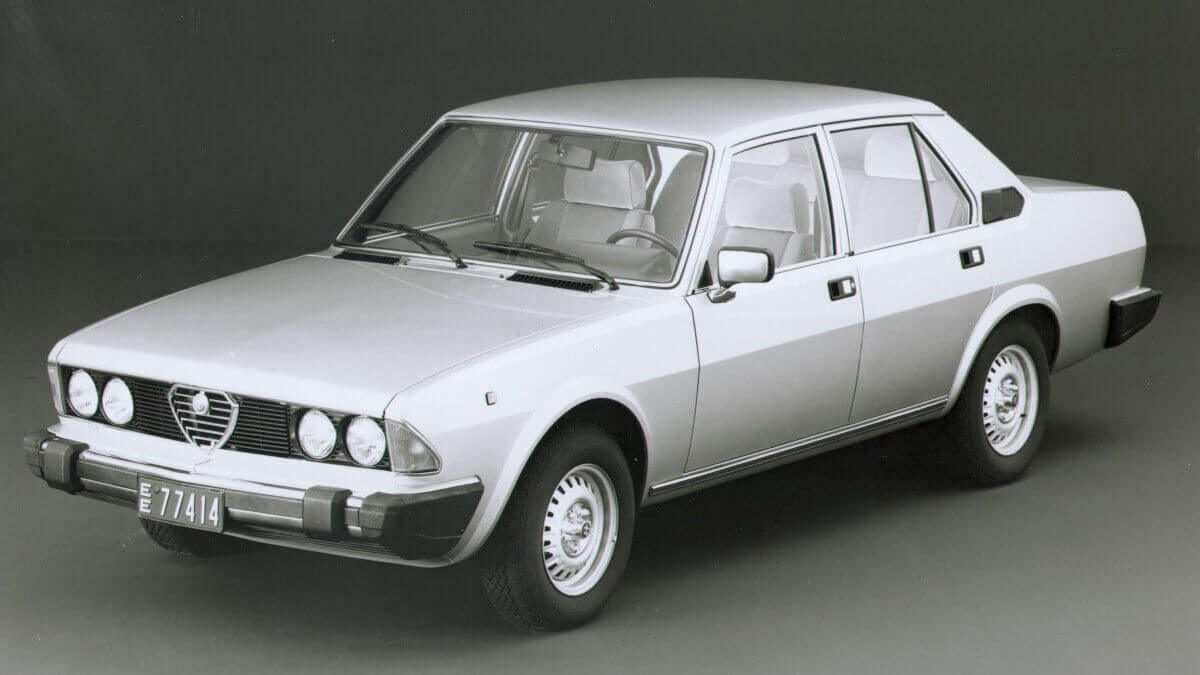





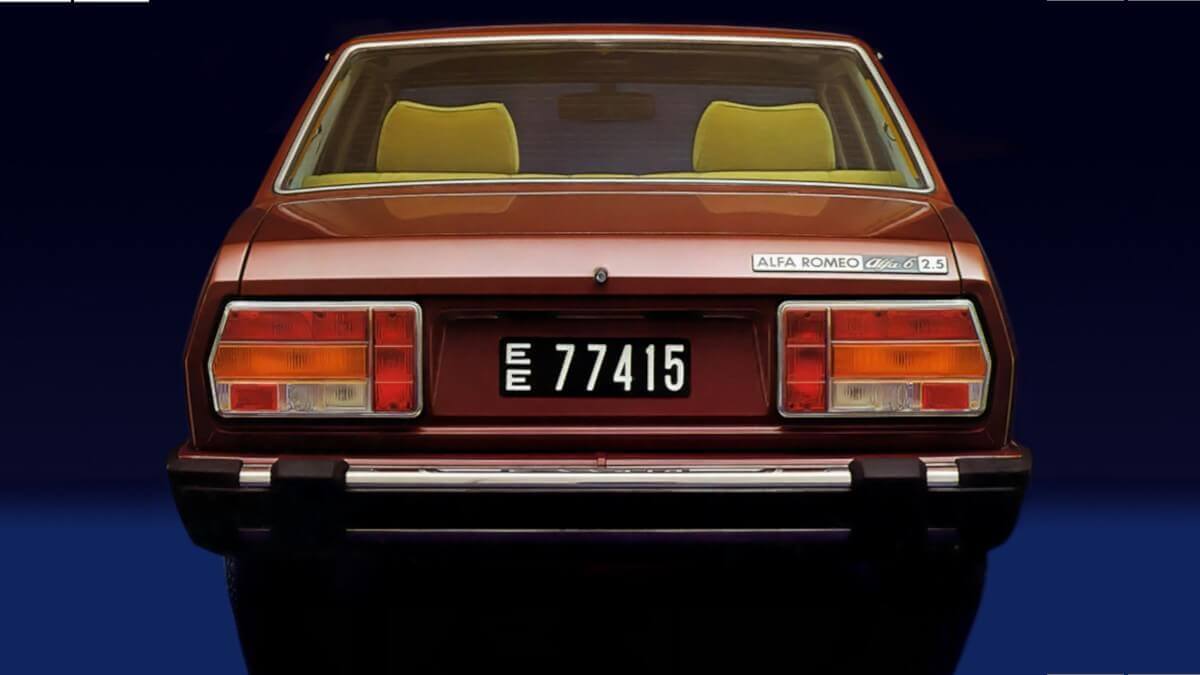

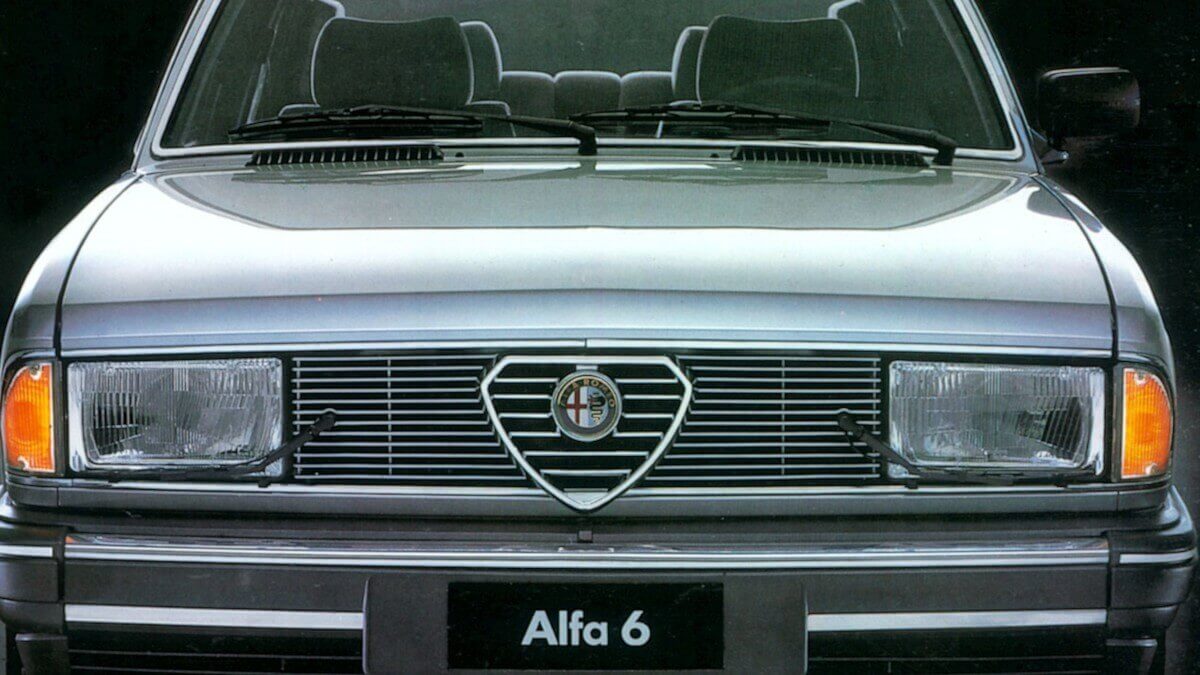

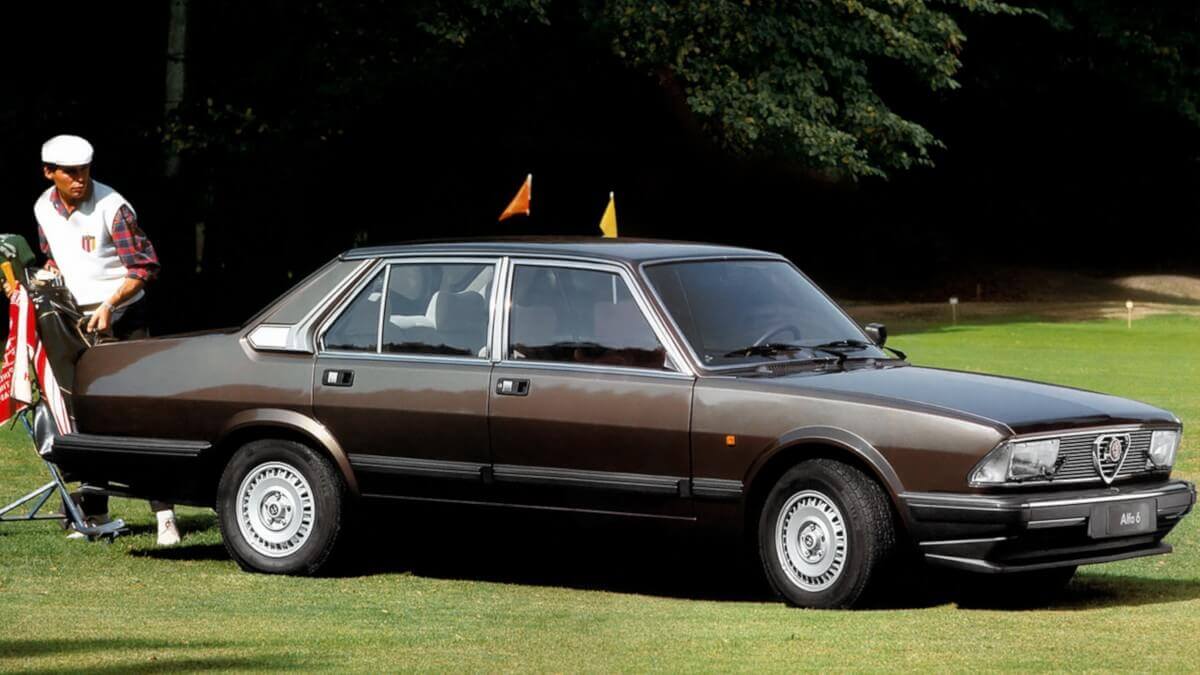



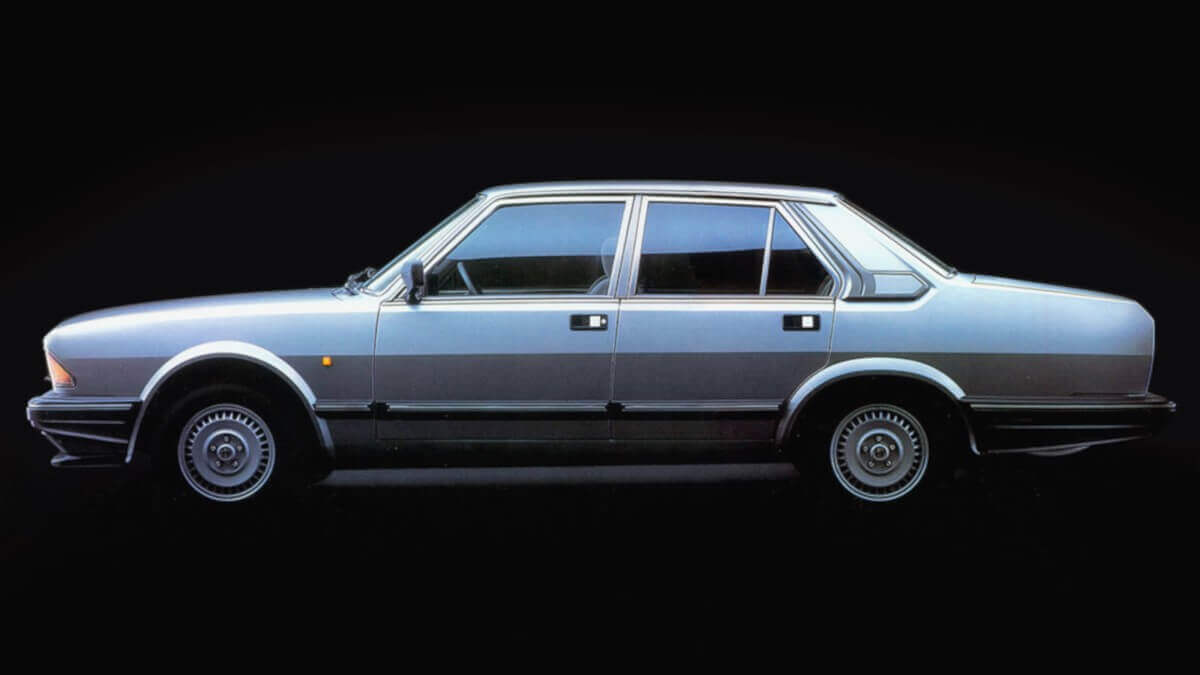



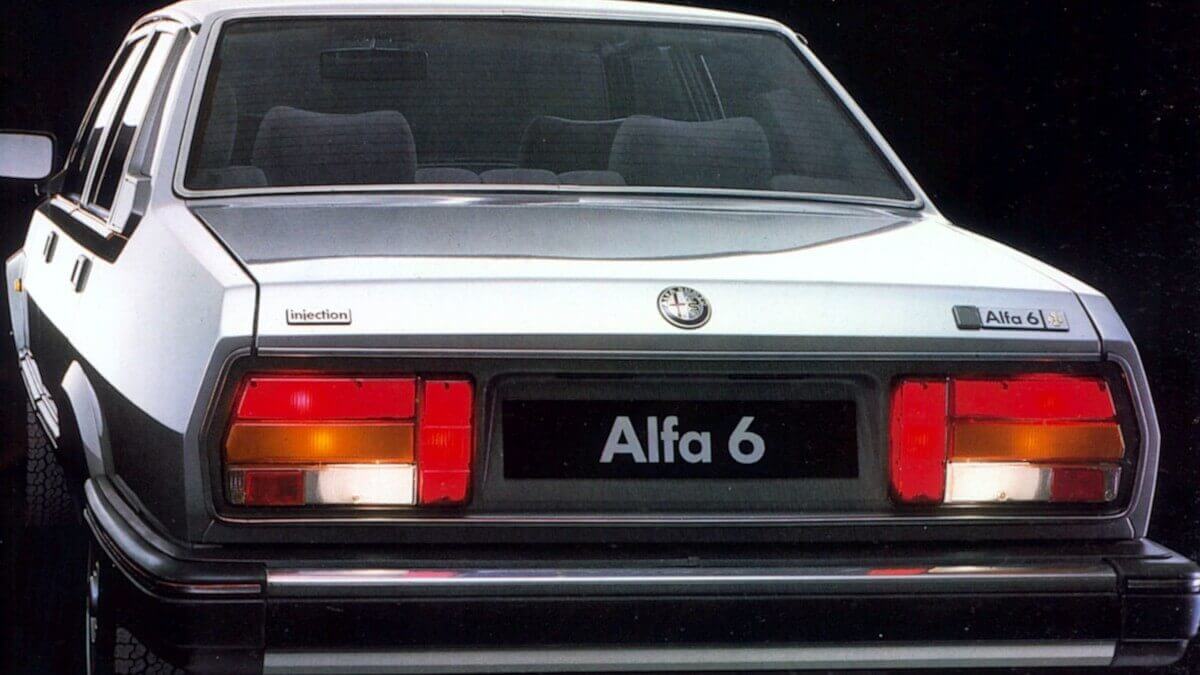





The newly developed six-cylinder engine, for the first time with combustion chambers in V configuration in an Alfa Romeo and initially fitted with six Dell’Orto carburetors, was used by the Italian brand in its constructive fundaments in a few different models until 2005. In the Alfa 6 it was combined with a manual five-speed gearbox from ZF and a limited slip differential on the rear axle for maximum traction. For an additional charge, also a three-speed automatic was available. As standard the car received central locking, electric windows, air conditioning and velor upholstering. From 1983, the vehicle was even more luxurious by a facelift developed together with Bertone. It almost corresponded to the Maserati Quattroporte, which should have been replaced by the Alfa 6 originally in 1973. Narrow-band headlights instead of round headlamps were used at the front and a stylized ‘b’ (for Bertone) on the C-pillars concealed air outtakes and the fuel filler cap. There were also some changes under the bonnet. While the 2.5-liter V6 engine now consumed less fuel with the same amount of power, thanks to Bosch’s L-Jetronic injection system, Alfa Romeo now also offered a two-liter V6 with 135 hp and a five-cylinder turbodiesel engine from VM Motori with 105 hp, which later was also used in different offroad-vehicles by Toyota and Land Rover.
While the Alfa Romeo Alfa 6, despite its good equipment and sufficient engine power was only a minor competitor against other cars like the BMW 528i, Rover 3500 and Mercedes-Benz 280 E, it rose to the official car of the Italian government and even to one of the cars of Pope John Paul II. Seven other copies of the Alfa 6 were less fortunate, as they arrived at the US importer with several changes for the US market such as side marker lights, but were immediately scrapped as the importer thought they were ‘unsalable’ in the US. In total, only 12,043 copies were created until 1986. As a successor model Alfa Romeo introduced the slightly smaller 164 in 1987, which was also available with four-cylinder engines. Today, 40 years after its market launch, the Alfa Romeo Alfa 6 is an extremely rare guest at classic car events and almost completely disappeared from collective memory. That’s a pity, as this sedan with its extensive equipment deserves a better status among collectors.
Images: Alfa Romeo


